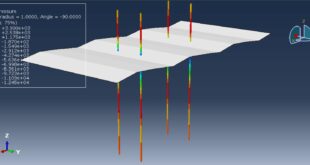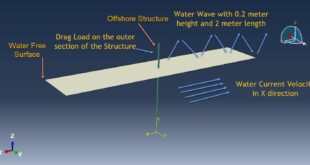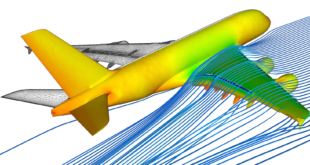Introduction to Masonry Wall and Structure Simulation in Abaqus
Masonry walls are structural elements made from individual units (such as bricks, stones, or concrete blocks) bound together by mortar. They are widely used in construction due to their durability, thermal insulation, and aesthetic appeal. However, simulating masonry structures can be challenging due to their heterogeneous nature, complex failure mechanisms, and the interaction between the units and mortar
Abaqus, a powerful finite element analysis (FEA) software, is commonly used to simulate the behavior of masonry walls and structures under various loading conditions. It allows engineers and researchers to model the nonlinear behavior of masonry, including cracking, crushing, and debonding, which are critical for understanding the structural performance and failure modes
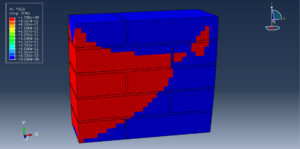
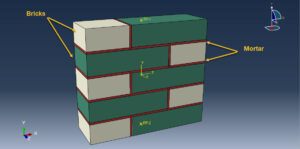
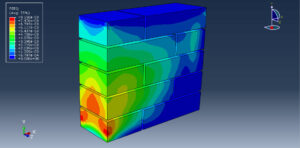
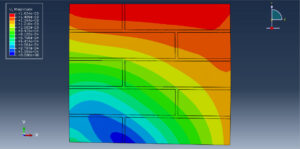
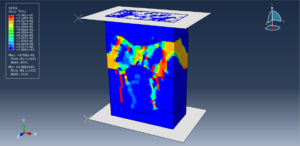
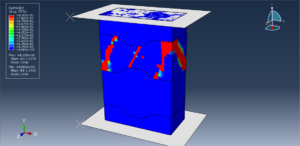
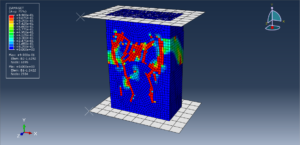
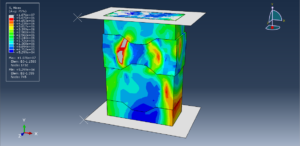
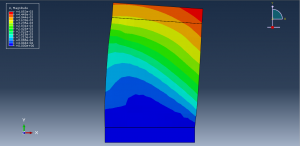
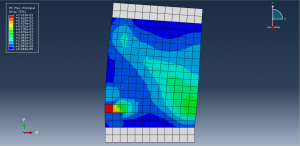
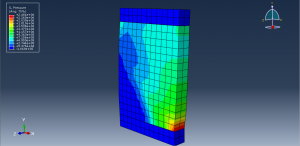
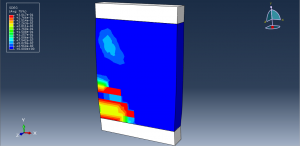
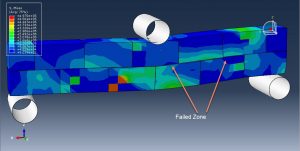
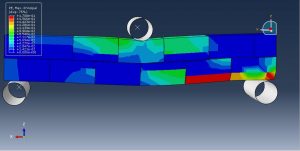
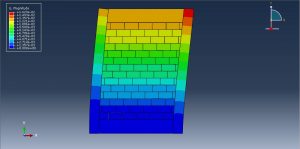
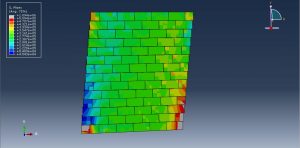
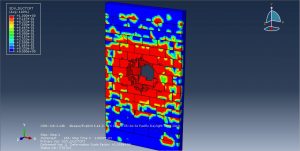
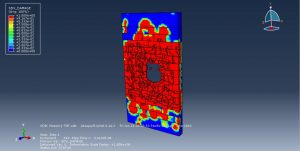
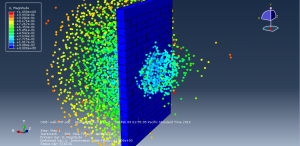
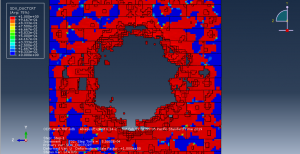
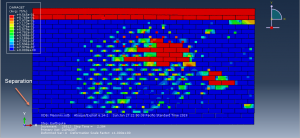
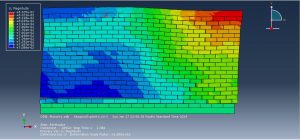
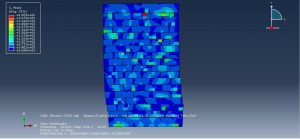
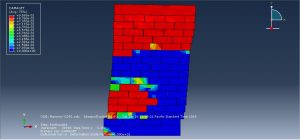
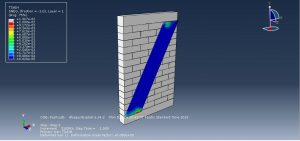
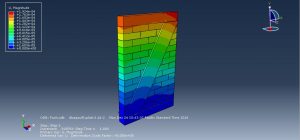
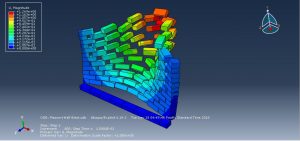
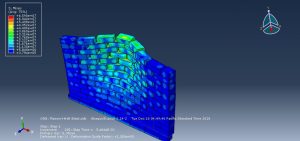
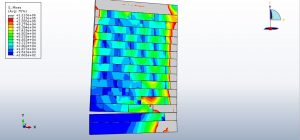
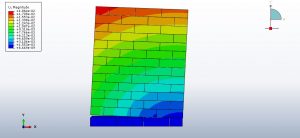
Key Aspects of Masonry Wall Simulation in Abaqus
Material Modeling
Masonry is a composite material, so it requires appropriate constitutive models for both the Masonry is a composite material, so it requires appropriate constitutive models for both the
Common material models include
Linear Elastic Model: For small deformations and linear behavior
Plasticity Models: To capture nonlinear behavior, such as the Drucker-Prager or Mohr-Coulomb models
Damage Models: To simulate cracking and crushing in masonry units and mortar
Cohesive Zone Models: To model the interface behavior between masonry units and mortar
Interface Modeling
The interaction between masonry units and mortar is crucial for accurate simulation
Cohesive elements or contact formulations are often used to model the bond-slip behavior and potential debonding at the interfaces
Frictional behavior can also be included to account for sliding between units
Failure Analysis
Abaqus allows for the simulation of failure mechanisms, including
Cracking: Initiation and propagation of cracks in masonry units or mortar
Crushing: Compressive failure of masonry units
Debonding: Separation at the unit-mortar interface
Post-processing tools in Abaqus help visualize failure patterns and assess structural integrity
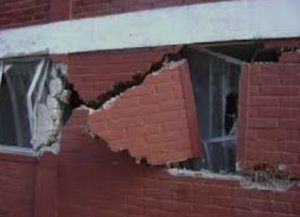
Applications of Masonry Wall Simulation in Abaqus
Seismic Analysis: Simulating the response of masonry structures under earthquake loading to assess their vulnerability and design retrofitting measures
Thermal Analysis: Studying the thermal performance of masonry walls, including heat transfer and insulation properties
Progressive Collapse Analysis: Investigating the behavior of masonry structures under extreme loading conditions, such as blast or impact
Historical Structure Assessment: Analyzing the structural integrity of historical masonry buildings for conservation and restoration purposes
Blast Analysis: Analysis of the masonry wall and structure under the air blast load and failure modeling
Challenges in Masonry Wall Simulation
Material Heterogeneity: The varying properties of masonry units and mortar make it difficult to define uniform material models
Complex Failure Modes: Masonry structures exhibit multiple failure mechanisms, which require advanced modeling techniques
Computational Cost: Fine meshing and nonlinear analysis can lead to high computational demands
Simulating masonry walls and structures in Abaqus provides valuable insights into their behavior under different loading conditions. By accurately modeling the material properties, interfaces, and failure mechanisms, engineers can design safer and more efficient masonry structures. However, careful consideration of modeling assumptions, validation, and computational resources is essential for reliable results
 Abaqus tutorials Abaqus tutorials
Abaqus tutorials Abaqus tutorials
